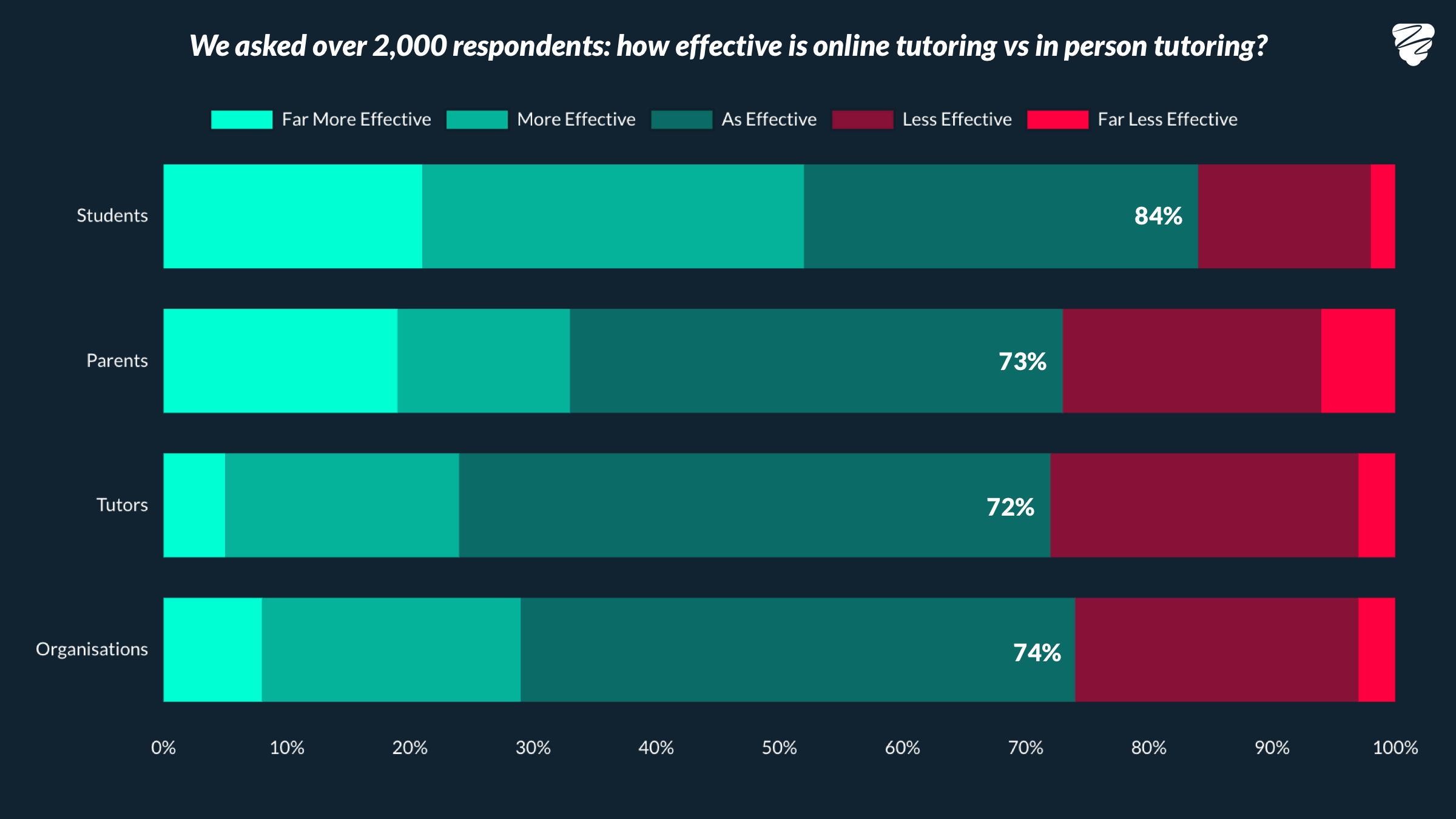Step-by-Step Plan for Tailored AP Statistics Help Successfully
Comprehending the Obstacles: Why Students Locate Stats Difficult and Just How Tutoring Aids
Data presents many obstacles for students. The details of foundational concepts, paired with complex terms, often lead to misunderstandings. False impressions can originate from cognitive predispositions, particularly in identifying connection from causation. Individualized tutoring becomes a feasible option, using customized guideline that addresses specific learning demands. As trainees navigate these obstacles, they might uncover that the ideal support can change their understanding and attitude in the direction of the subject. What other benefits might this approach deal?
The Complexity of Analytical Principles
Analytical concepts are important for information analysis, their complexity often presents significant challenges for students. Several students battle to comprehend fundamental concepts such as possibility, circulations, and hypothesis testing. These concepts need not just mathematical abilities but also an understanding of their real-world applications, which can be unintuitive and abstract. Using jargon and technological language additionally complicates the finding out process, making it challenging for students to attach concept with method. Additionally, the interaction in between various statistical approaches can cause confusion, especially when figuring out the appropriate method for a given dataset. As learners attempt to navigate these detailed ideas, they may end up being overloaded, leading to disappointment and disengagement. This complexity requires efficient mentor approaches and supportive resources, such as tutoring, to aid pupils construct self-confidence and accomplish a deeper understanding of statistics. Identifying these obstacles is the very first step toward promoting better educational outcomes in the area.
Obstacles in Information Analysis
Data interpretation offers considerable obstacles that can prevent precise evaluation and decision-making. Pupils frequently have a hard time to draw significant conclusions from information because of a lack of familiarity with different analytical approaches and devices. False impression can occur from the frustrating quantity of details, bring about confusion regarding which metrics are relevant. Furthermore, cognitive predispositions might shadow judgment, causing pupils to prefer data that confirms pre-existing beliefs as opposed to examining information objectively.
One more challenge exists in identifying relationship from causation, a crucial idea that can skew understanding of partnerships within information sets. Moreover, the graph of information, such as graphs and graphes, can in some cases misinform if not translated appropriately, causing inaccurate verdicts. These barriers underscore the value of developing strong data analysis abilities, as they are necessary for making educated decisions in both scholastic and real-world contexts. Effective tutoring can give the guidance required to overcome these hurdles and foster better comprehension.
The Function of Chance in Statistics
How does chance form the structure of analytical analysis? Chance acts as a vital device in statistics, enabling scientists to make inferences about populaces based on sample information. By evaluating unpredictability, chance allows statisticians to estimate the probability of different results, helping with decision-making processes. As an example, probability distributions, such as the normal distribution, give vital structures for recognizing information actions and irregularity.
Ideas like theory testing rely greatly on possibility to figure out the importance of results. This interplay between likelihood and data aids in reviewing the credibility of claims and guiding further study. Comprehending possibility is essential for interpreting analytical results precisely, as it helps to contextualize searchings for within their more comprehensive uncertainty. A solid understanding of likelihood principles outfits pupils with the logical abilities needed to tackle complicated statistical obstacles, cultivating an extra extensive comprehension of the subject issue.
Usual Misconceptions Concerning Stats
What are some usual false impressions that typically shadow the understanding of stats? Many individuals wrongly believe that stats merely entails numbers, neglecting its conceptual structures. Some assume that a tiny sample size can produce reputable verdicts, overlooking the value of depictive data. An additional prevalent mistaken belief is the idea that correlation indicates causation, resulting in incorrect analyses of connections in between variables. Furthermore, several students think that statistics is exclusively concerning computations instead than recognizing its function in data interpretation and decision-making. Others may see stats as a stiff technique, failing to value its adaptability in various contexts. Misunderstandings concerning statistical value, such as relating it with useful relevance, likewise contribute to confusion. These false impressions can hinder pupils' capacity to realize analytical ideas successfully, commonly leading to frustration and anxiety when involving with the subject. Dealing with these misunderstandings is necessary for cultivating an extra thorough understanding of data.
The Advantages of Personalized Tutoring
Customized tutoring offers significant benefits for pupils having problem with stats, as it tailors guideline to Web Site specific discovering designs and requirements. This customized strategy enables tutors to recognize specific locations of trouble and adjust their teaching methods appropriately. By focusing on the distinct difficulties each pupil encounters, customized tutoring cultivates deeper understanding and retention of statistical ideas.
Furthermore, one-on-one interaction supplies trainees with the possibility to ask inquiries freely and obtain immediate feedback, boosting finding out performance. Customized tutoring also assists construct confidence, as students progression at their own rate without the pressure of a class environment.

Often Asked Inquiries
What Previous Understanding Is Needed Before Examining Data?
Anticipation in standard mathematics, consisting of algebra and math, is vital before studying data. Experience with ideas such as variables, functions, and data interpretation substantially enhances comprehension and application of analytical concepts in real-world scenarios.
Exactly How Does Modern Technology Impact Understanding Stats?
Modern technology enhances learning statistics by offering interactive devices, simulations, and visualizations that clarify ideas. On the internet systems allow joint discovering and access to sources, promoting a much deeper understanding of analytical methods and motivating engagement among trainees.
Are There Specific Research Study Methods for Learning Data?
Effective research study strategies for mastering statistics include active exercise with analytic, making use of aesthetic help, creating research teams for this link collaborative discovering, and applying real-world instances to improve understanding and retention of analytical concepts.
What Professions Need Solid Statistical Skills?
Occupations needing solid statistical abilities consist of information expert, statistician, actuary, market researcher, and epidemiologist. These professions utilize analytical approaches to analyze information, inform choices, and solve complicated issues throughout different sectors, improving overall analytical capacities.
Just How Can Group Research Study Sessions Aid With Stats?
Team research sessions improve understanding of stats by promoting collaborative analytic, allowing diverse viewpoints on complex concepts, and fostering a supportive environment where students can clear up uncertainties and reinforce finding out with conversation and shared sources. Statistics Help.
